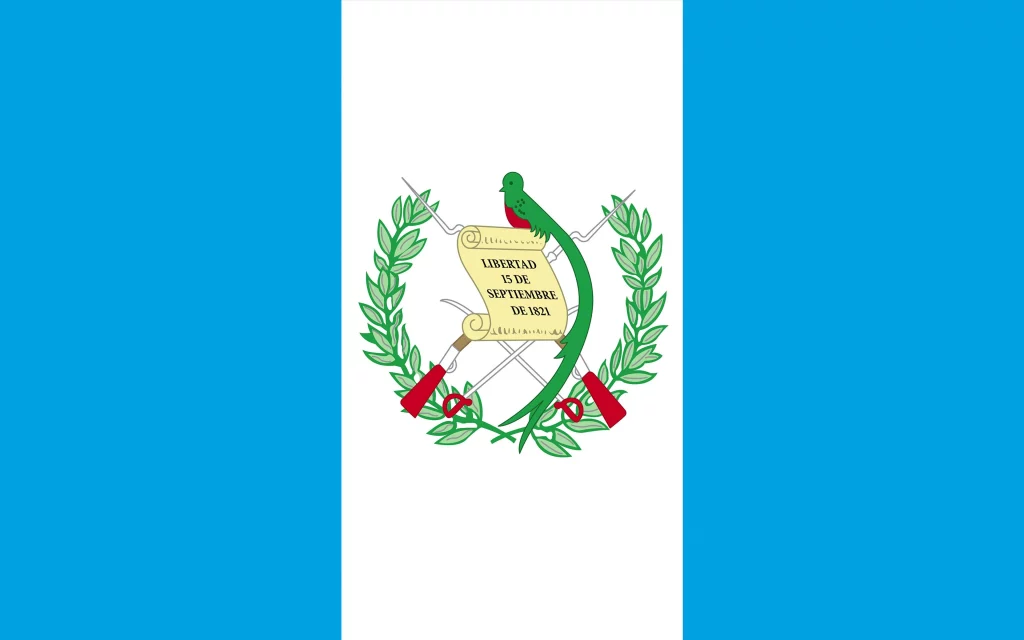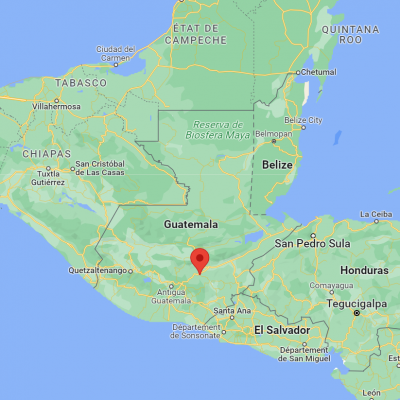Exploration in solidarity lands
(2023)
Country of mountains, the Hauts-Plateaux Region goes through the center, formed by mountain ranges exceeding 3 000 m above sea level dominated by, in the south, the alignment of active Sierra Madre volcanoes. The entire northern part, almost a third of the country, is coverred by the tropical rainforest and a little bit of savannah. Neglected for a long time as it was considered a economically useless and hard to acces space, the discovery of petroleum, the creation of cattle ranches and the mass exploitation of precious woods by large foreign firms caused its development. The hondurian border area is the country’s most prosperous region. With 60% of the agriculture production, more than 80% of the industrial capacity and 90% of the commercial activity, this place is perfectly connected to the Pacific market and to the North Atlantic through the Transoceanic Route.
Most populated State of Central America, Guatemala is characterized by a very strong geographic but also social en economic contrast. Although it is the main economic power of the isthmus, it takes last rank in the Regional Indicators of Life and Development. The North has less than 3 inhabitants per square meter, while the valleys in the centre almost have 200 inhabitants per square meter. There are 23 ethnicities that make up the indigenous community representing 55% of the total population. They have very limited contacts with the rest of the population, descendants of the spanish conquerors, that claim hispanic culture and hold all the country’s political powers. In Guatemala, various worlds coexist.
The coffee industry is an important engine of economic growth, of business development and provides jobs especially for women, younger people and the local communities. Guatemala is the 9th biggest coffee producer in the world. The guatemalan economy is based on a market economy with 10% of the GDP coming from agriculture. This sector contribues more to the GDP than tourism which only represented 1,6% in 2019. The health crisis did not help the situation. The local and regional businesses mostly oriented on tourism have been greatly impacted by the decrease in the number of national and international tourists, collapsing employment levels, income and purchasing capacity.
Lastly, De la Gente is a non-profit organisation that is passionate about sustainable production of coffe, nature and people. They combine community tourism to the cooperative world, education about the sustainable production of coffee and experimental learning. Through its actions, it aims to help the local producers of coffee to generate local economic benefits. A collaboration between De la Gente and Village Monde seemed very relevant given the very similar values uniting both organisations. The exploration would also serve as a support for De la Gente to showcase and promote their region and initiatives.


Subscribe to the travel newsletter from our collaborative booking platform Vaolo to find out what’s new, follow our explorers and receive tips for more conscious travel.
The use of the masculine gender has been adopted for ease of reading and has no discriminatory intent.
© 2025 All rights reserved. Village Monde.
By continuing to use the site, you agree to our privacy and cookie policy
I accept